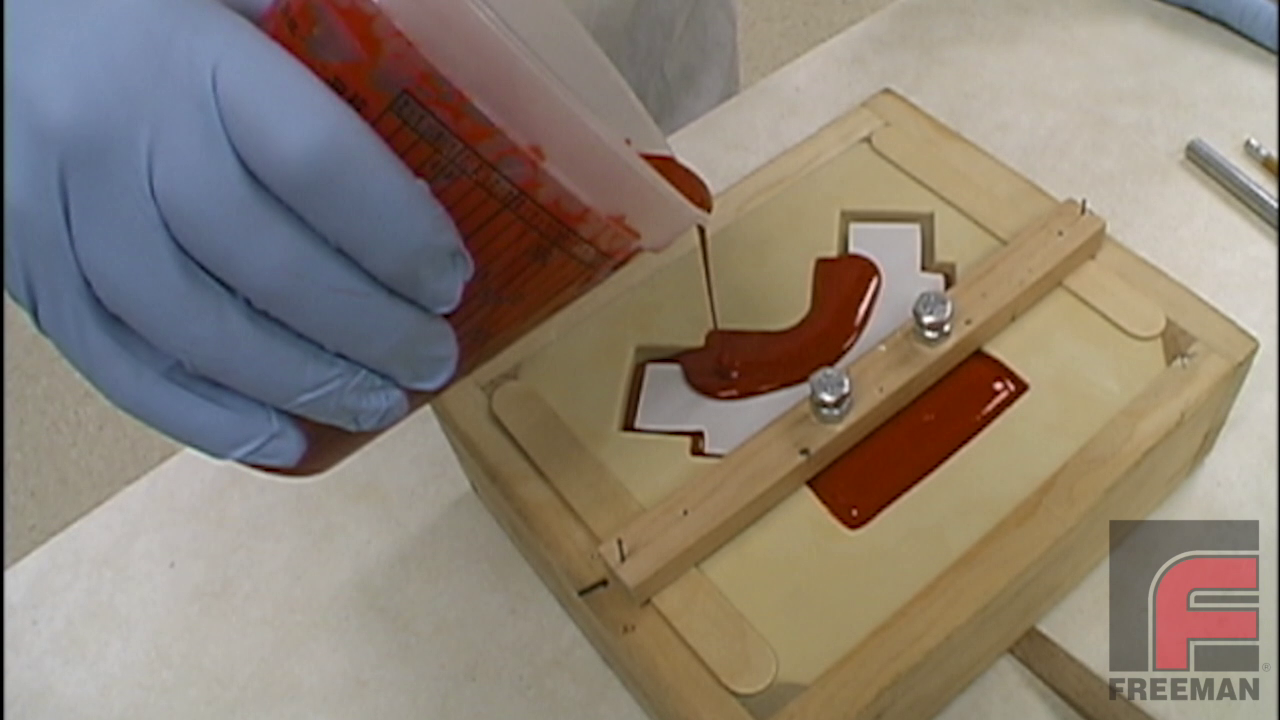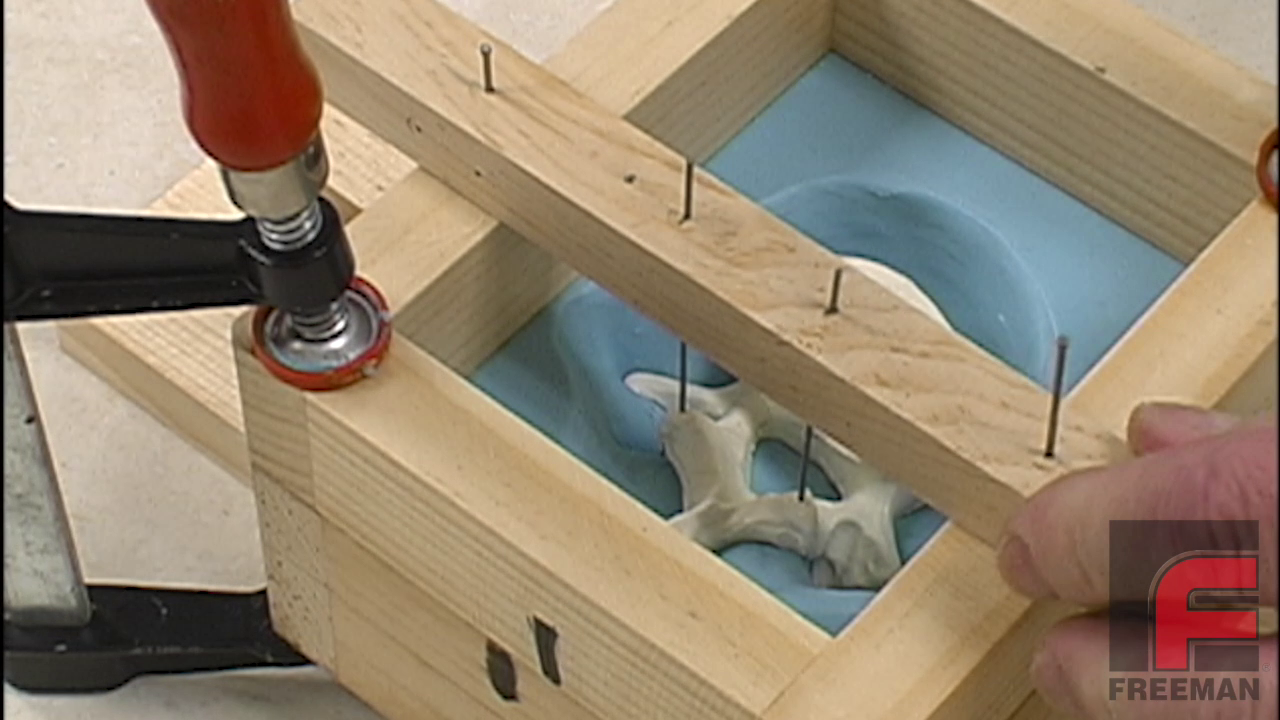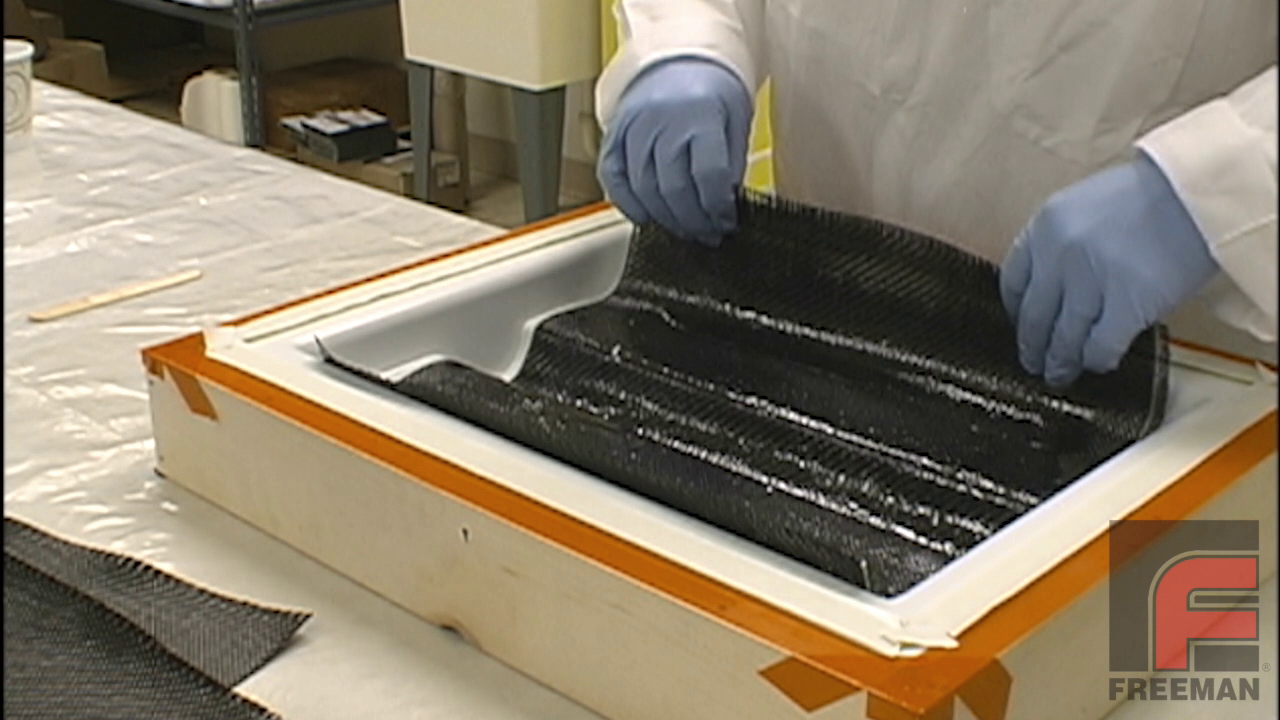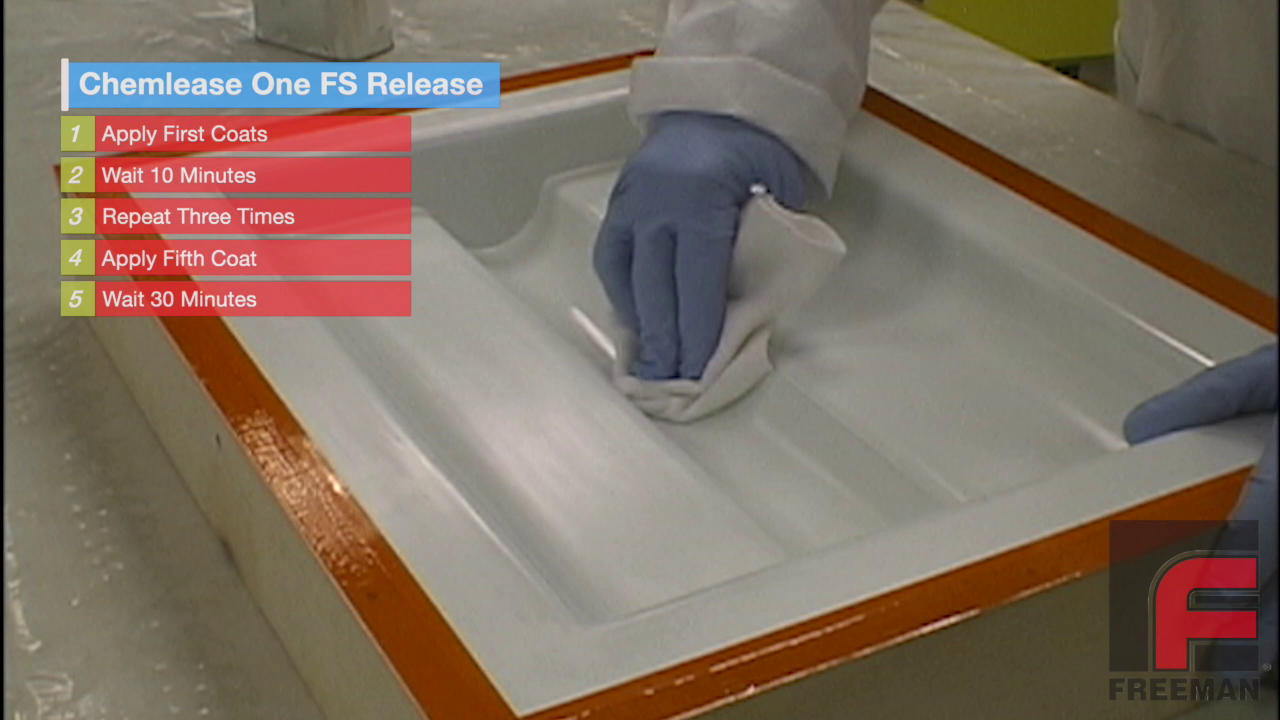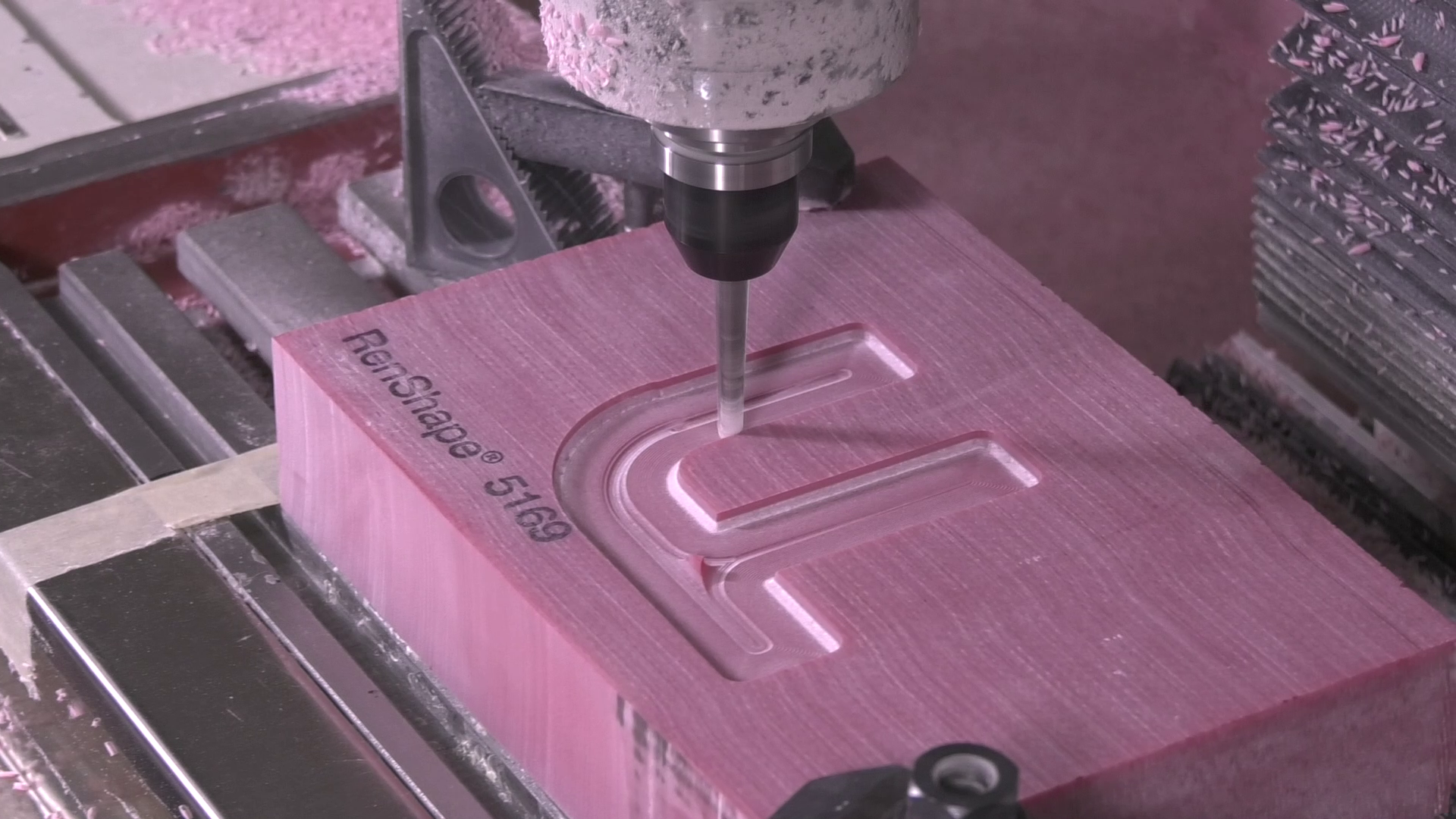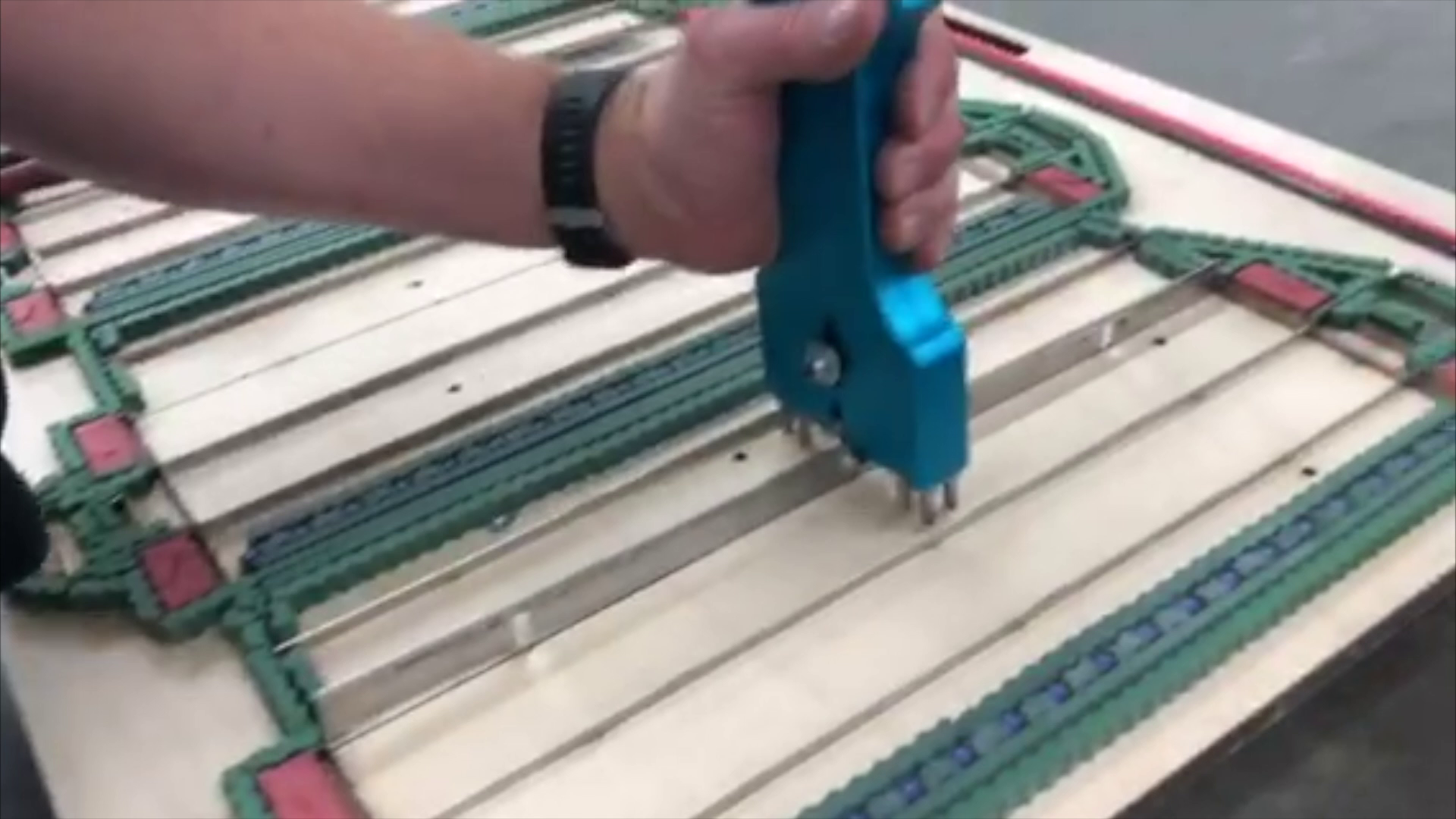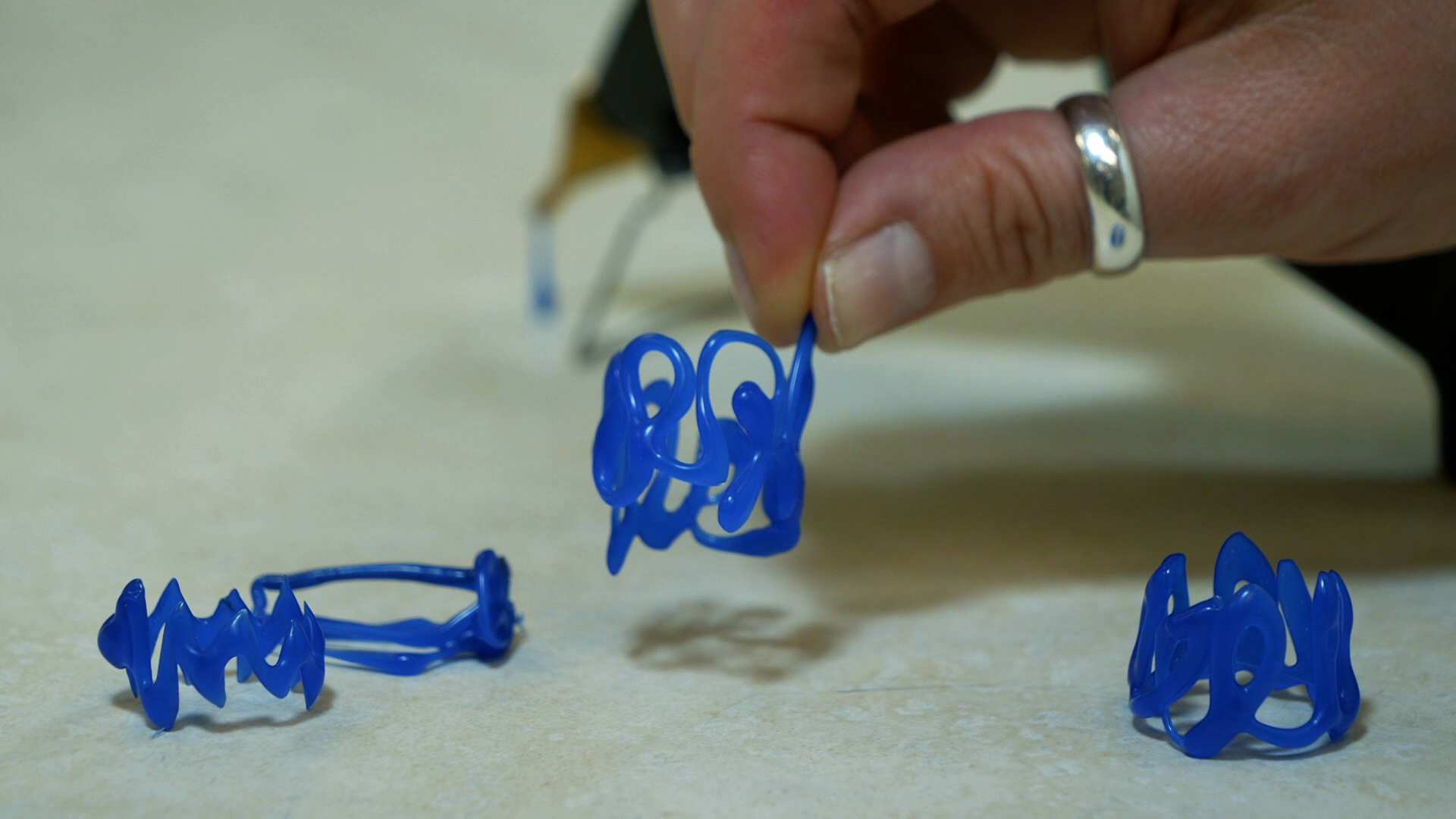Welcome
Freeman has been posting instructional videos online since 2002 (when such videos were really small and compressed). As our library grew, we retired our compilation DVD and instead created this dedicated website.
Feel free to view our Introductory Video to the right, or scroll down to browse the dozens of videos available. And please sign up to one of our newsletters to be notified of updates.

